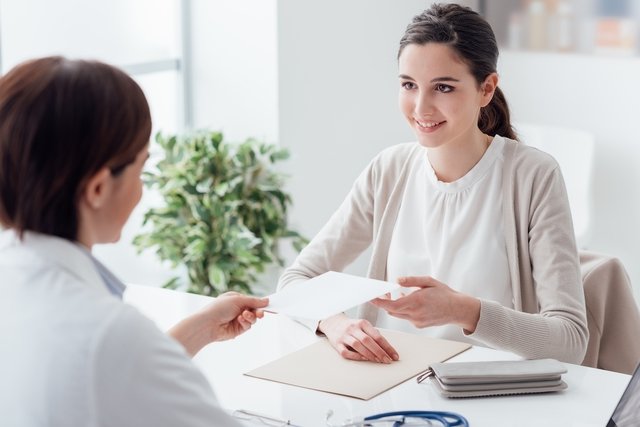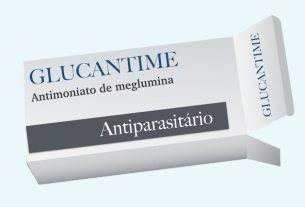Treatment for polycystic ovaries must be indicated by the doctor according to the symptoms presented by the woman, and the use of medication may be indicated to regulate the menstrual cycle, to reduce the concentration of male hormones circulating in the blood or to promote pregnancy.
In more serious cases or when the woman does not improve with the use of medication, surgery may be indicated to remove the cysts or ovary.
To identify polycystic ovaries, the gynecologist normally evaluates the signs and symptoms presented by the woman and recommends carrying out tests that indicate the amount of hormones circulating in the blood, as well as imaging tests with the aim of checking for signs of the presence of cysts. in the ovary. Learn more about polycystic ovaries and how it is diagnosed.

In most cases of polycystic ovary, it is simply necessary to remain vigilant to ensure that the cyst does not enlarge. However, in some cases, the contraceptive pill can be used to regulate menstruation and excess hair, and other medications may be indicated to stimulate ovulation and increase the chances of getting pregnant.
1. Medicines
The use of medicines for polycystic ovaries may be recommended by the gynecologist according to the symptoms presented by the woman. Thus, it can be recommended:
- Treatment for Irregular Menstrual Cycle and Acne: done only with the use of the contraceptive pill, as it will reduce the production of testosterone and regulate menstruation and reduce the appearance of pimples;
- Treatment to get pregnant: This can be done by taking a medication that stimulates ovulation, such as Clomiphene or Metmorphine, increasing the woman’s chances of getting pregnant. Check out some tips to increase your chances of getting pregnant;
- Treatment for Excessive Hair Growth: Medications, such as Flutamide, or contraceptive pills, such as Diane 35, are used to reduce the number of male hormones in the body and reduce hair growth.
Furthermore, it is very important to complete the treatment with regular exercise and a balanced diet to maintain an ideal weight, reducing the symptoms of polycystic ovary. See how food can help in the treatment of polycystic ovary by watching the following video:
2. Surgery
Surgery is recommended in the most serious cases, when the woman does not improve with the use of medication, when numerous cysts are identified or when there is a risk of developing endometrial cancer. Thus, depending on the severity, the doctor may recommend removing the cysts or the ovary, promoting women’s health. See other indications for ovarian surgery.
3. Natural treatment
Natural treatment is normally indicated as a way to complement the treatment recommended by the doctor, helping to alleviate symptoms and promote the woman’s well-being. To achieve this, natural treatment is carried out with plants that have anti-inflammatory properties, such as yellow uxi and cat’s claw tea, for example. Find out how to prepare home remedies for polycystic ovaries.
Signs of improvement and worsening
Signs of improvement in polycystic ovary appear approximately 3 to 4 weeks after starting treatment and include reduced hair growth, regulated menstrual cycle and reduced acne, for example.
On the other hand, when treatment is not carried out properly, there may be an increase in blood pressure, excessive increase in body weight and abdominal pain.
Bibliography
- BRAZILIAN FEDERATION OF GYNECOLOGY AND OBSTETRICS ASSOCIATIONS. Polycystic Ovary Syndrome. 2018. Available at: <https://www.febrasgo.org.br/media/k2/attachments/18Z-ZSndromeZdosZovriosZpolicsticos.pdf>. Accessed on May 25, 2020

Sign up for our newsletter and stay up to date with exclusive news
that can transform your routine!
Warning: Undefined array key "title" in /home/storelat/public_html/wp-content/plugins/link-whisper-premium/templates/frontend/related-posts.php on line 12
Warning: Undefined array key "title_tag" in /home/storelat/public_html/wp-content/plugins/link-whisper-premium/templates/frontend/related-posts.php on line 13





